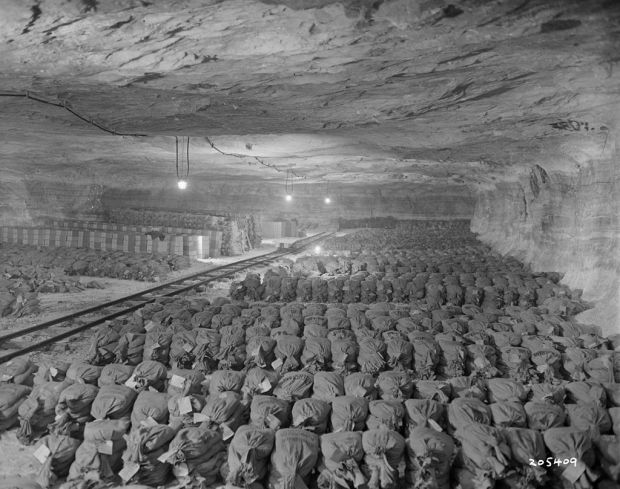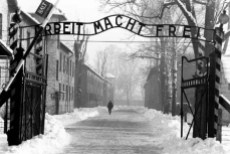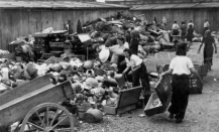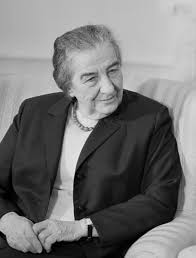
Besides the murders and genocide committed by the Nazi’s ,they didn’t shy away from stealing and plundering either.
The plundering and stealing refers to art theft and other items stolen as a result of the organized looting of European countries during the time of the Third Reich by agents acting on behalf of the ruling Nazi Party of Germany. Plundering occurred from 1933 until the end of World War II, particularly by military units known as the Kunstschutz, although most plunder was acquired during the war. In addition to gold, silver and currency, cultural items of great significance were stolen, including paintings, ceramics, books, and religious treasures. Although most of these items were recovered by agents of the Monuments, Fine Arts, and Archives program(MFAA), affectionately referred to as the Monuments Men, on behalf of the Allies immediately following the war, many are still missing.

There is an international effort under way to identify Nazi plunder that still remains unaccounted for, with the aim of ultimately returning the items to the rightful owners, their families or their respective countries.
Below are just some items which were stolen.
Jean Metzinger, 1913, En Canot (Im Boot), oil on canvas, 146 x 114 cm (57.5 in × 44.9 in), exhibited at Moderni Umeni, S.V.U. Mánes, Prague, 1914, acquired in 1916 by Georg Muche at the Galerie Der Sturm, confiscated by the Nazis circa 1936, displayed at the Degenerate Art show in Munich, and missing ever since.

Degenerate art (German: Entartete Kunst) was a term adopted by the Nazi regime to describe Modern art. Such art was banned on the grounds that it was un-German, Jewish, or Communist in nature, and those identified as degenerate artists were subjected to sanctions. These included being dismissed from teaching positions, being forbidden to exhibit or to sell their art, and in some cases being forbidden to produce art.
Degenerate Art also was the title of an exhibition, held by the Nazis in Munich in 1937, consisting of modernist artworks chaotically hung and accompanied by text labels deriding the art. Designed to inflame public opinion against modernism, the exhibition subsequently traveled to several other cities in Germany and Austria.
Adolf Hitler and Adolf Ziegler visit the Degenerate Art Exhibition, 1937.

Albert Gleizes, 1912, Landschaft bei Paris, Paysage près de Paris, Paysage de Courbevoie, missing from Hannover since 1937.

Aleksander Gierymski’s Jewess with Oranges discovered on 26 November 2010 in an art auction in Buxtehude, Germany

German loot stored at Schlosskirche Ellingen, Bavaria (April 1945)

Hitler assesses looted art

In 1943 and 1944 the shore of Lake Toplitz served as a Nazi naval testing station. Using copper diaphragms, scientists experimented with different explosives, detonating up to 4,000 kg charges at various depths. They also fired torpedoes from a launching pad in the lake into the Tote Mountains, making vast holes in the canyon walls. Over £100 million of counterfeit pound sterling notes were dumped in the lake after Operation Bernhard, which was never fully put into action. There is speculation that there might be other valuables to be recovered from the bottom of the Toplitzsee. There is a layer of sunken logs floating half way to the bottom of the lake, making diving beyond it hazardous or impossible. Gerhard Zauner, one of the divers on the 1959 expedition, reports that he saw a sunken aircraft below this layer.

Nazi gold stored in Merkers Salt Mine.

The Amber Room Removed from Catherine Palace, Saint Petersburg, by Germans during World War II and transported to Germany. Estimated (adjusted) value: $142 million.

Nearly half of the gold looted by the Nazis from the Dutch central bank during the Second World War remains to this day in Switzerland, a reminder of the Alpine nation’s controversial role as a financial conduit for Hitler’s regime. About 61,000kg of Dutch war gold, currently value at about €2bn, is believed to be still in Swiss possession.


Donation
I am passionate about my site and I know you all like reading my blogs. I have been doing this at no cost and will continue to do so. All I ask is for a voluntary donation of $2, however if you are not in a position to do so I can fully understand, maybe next time then. Thank you. To donate click on the credit/debit card icon of the card you will use. If you want to donate more then $2 just add a higher number in the box left from the PayPal link. Many thanks.
$2.00








![KZ Auschwitz, Brillen Vernichtung der Juden in Polen durch die Nazis Zeugen des Massenmordes: ein Berg von Augengläsern in Oswiecim [Auschwitz]. Zentralbild](https://dirkdeklein.files.wordpress.com/2016/05/bundesarchiv_bild_183-r69919_kz_auschwitz_brillen.jpg?w=214&resize=214%2C142&h=142#038;h=142)











































You must be logged in to post a comment.